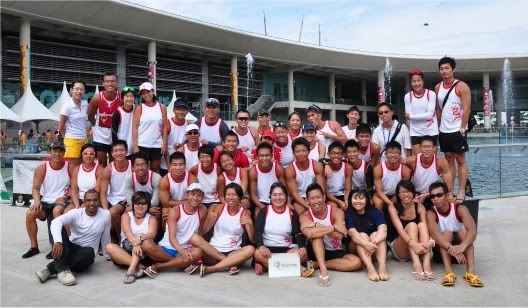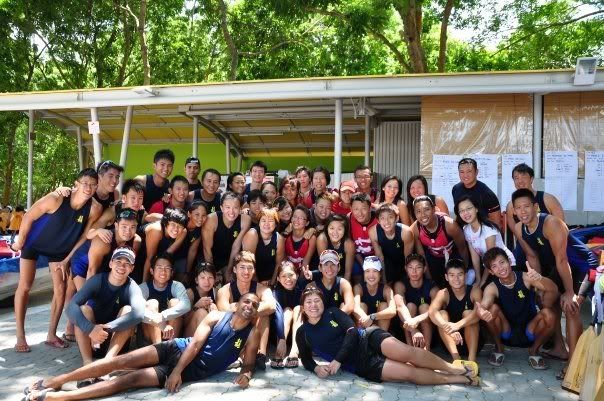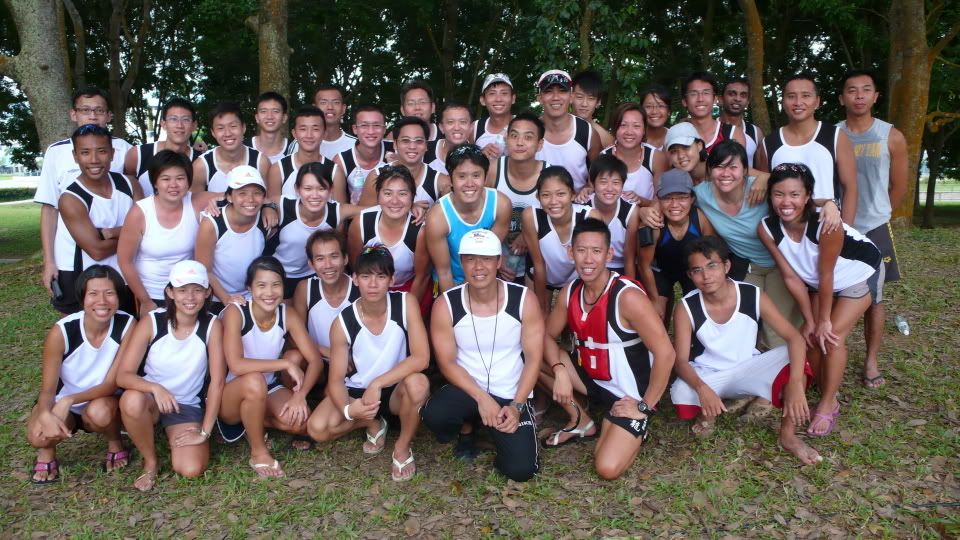 Delayed onset muscle soreness (DOMS) describes a phenomenon of muscle pain and soreness that is felt 12-48 hours following an exercise, particularly at the beginning of a new exercise program, after a change in sports activities, or after a dramatic increase in the duration or intensity of exercise. This soreness is a normal response to unusual exertion and is part of an adaptation process that leads to greater stamina and strength as the muscles recover and build. The soreness is generally at its worst within the first 2 days following the activity and subsides over the next few days.
Delayed onset muscle soreness (DOMS) describes a phenomenon of muscle pain and soreness that is felt 12-48 hours following an exercise, particularly at the beginning of a new exercise program, after a change in sports activities, or after a dramatic increase in the duration or intensity of exercise. This soreness is a normal response to unusual exertion and is part of an adaptation process that leads to greater stamina and strength as the muscles recover and build. The soreness is generally at its worst within the first 2 days following the activity and subsides over the next few days.
Delayed onset muscle soreness is quite common and quite annoying, particularly for those beginning an exercise program or adding new activities. A beginning exerciser who bikes 10 miles, followed by push-ups and sit-ups is likely to experience muscle pain and soreness in the next day or two.
Delayed onset muscle soreness occurs hours after the exercise is over. This is markedly different than the acute pain of muscle strains and sprains that is felt as an abrupt, specific and sudden pain that occurs during activity and often causes swelling or bruising.
Causes
Delayed onset muscle soreness is thought to be a result of microscopic tearing of the muscle fibers. The amount of tearing (and soreness) depends on how hard and how long you exercise and what type of exercise you do. Any movement you aren't used to can lead to DOMS, but eccentric muscle contractions (movements that cause muscle to forcefully contract while it lengthens) seem to cause the most soreness. Examples of eccentric muscle contractions include going down stairs, running downhill, lowering weights and the downward motion of squats and push-ups. In addition to small muscle tears there can be associated swelling in a muscle which may contribute to soreness.
Click [here] to find out more.
Delayed Onset Muscle Soreness (DOMS)
![]() Labels:
Health / Nutrition
Labels:
Health / Nutrition
Subscribe to:
Post Comments (Atom)












No comments:
Post a Comment